How to commission upholstery and soft furnishings
Discover how to commission upholstery and soft furnishings to create unique pieces with lasting style


Knowing how to commission upholstery and soft furnishings creates rooms with individual style – and delivers results that will last.
Whether for curtains and shades, seating, headboards or pillows, it’s vital the fabrics used within an interior design tick the boxes for practicality and how much wear they will undergo, as well as creating the desired aesthetic.
Here experts explain how to commission upholstery and soft furnishings for rooms around the home.
How to commission upholstery and soft furnishings
Custom window treatments, seating upholstery, headboards, and pillows are worth investing in but considering both the function and style of any piece is essential for enduringly elegant results. Use these guidelines to commission upholstery and soft furnishings.
Commissioning curtains
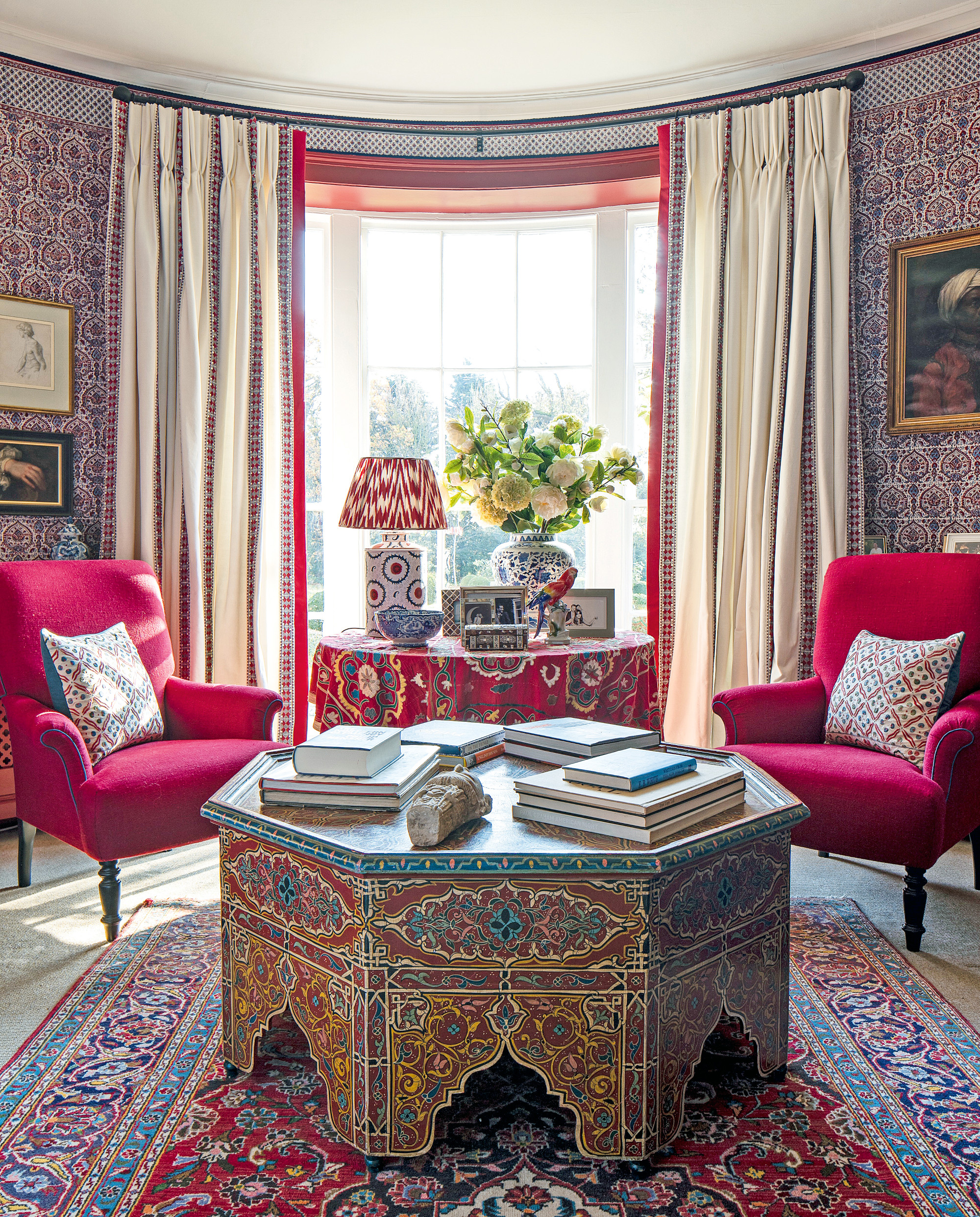
Interior decorator and fabric designer Susan Deliss had a trim of fabric added to the leading edge and bases of the curtains in this scheme as dogs went in and out of the double doors
Often the starting place for a room, window treatment ideas can be tricky to commission.
Start by creating a wish list which includes both the functionality you want from the curtain or blind, as well as what you want to achieve visually as part of your interiors scheme – this, alongside a Pinterest mood board, can then be presented to your chosen curtain maker for discussion.
'Keep an open mind and carefully consider the shape of the window and the area around it,' recommends Kathryn Seidl of bespoke soft furnishing supplier to the trade KLS Interiors. 'Do you want a Roman blind on a window that is already wide and not very tall? This treatment will emphasize that. Instead, floor length curtains will help to redress the balance of the window,' she recommends.
Equally, bulky traditional radiators under windows will lift up the hem of long curtains; instead consider a blind, shutter or fixed dress curtains (with a working blind).
'Other ways of mounting a curtain such as a covered track (lathe and fascia) or a pelmet may also be possible where there are deep radiators. Both of these options are created with custom-made timber top boards which can be made deeper to project curtains further forward if necessary.'
Commissioning privacy and blackout solutions
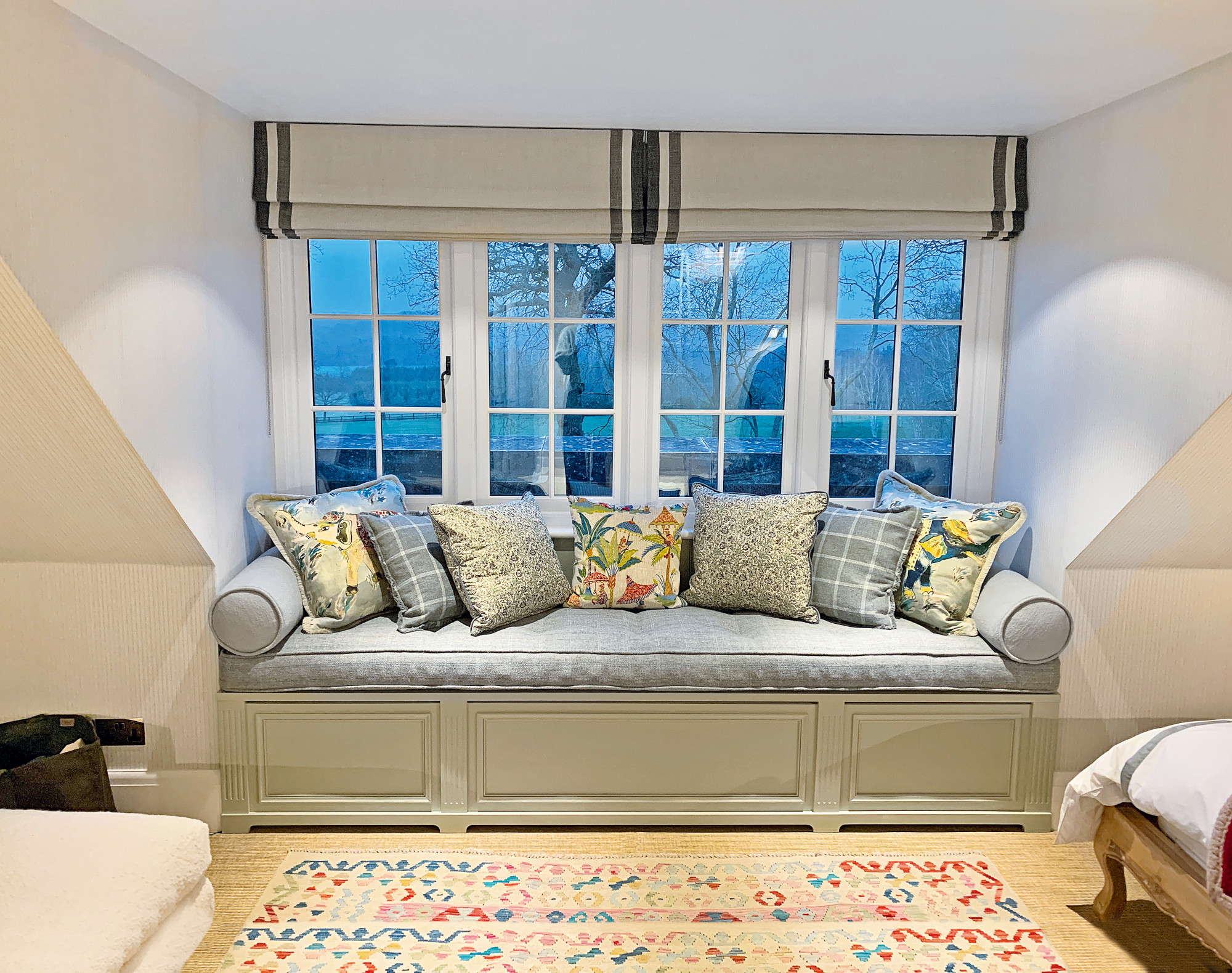
Well-made curtains and blinds can act like double glazing, especially in period properties with large single-glazed windows such as this window seat scheme by Carden Cunietti
Particularly important in nurseries, curtains and Roman blinds will leave gaps at the sides so, to achieve full blackout, go for a multiple layer of a blackout roller blind, curtains and a pelmet, recommends Kathryn. Discuss privacy concerns as early as possible, too, add interior designers Ali Johnson and Alex Keith of Otta Design.
'You’ll need to create solutions for different times of the day. Roman blinds and sheer blinds are an option – the latter can be raised and lowered at any time without impacting heavily on daylight. Sheer curtains are a great way to soften up the space and offer a practical solution to south- and west- facing rooms with strong sunlight especially with large expanses of glass,' they add.
Natural fabrics such as linen, wool, cotton and silk are ideal for schemes with a softer or less tailored finished. They are also worth considering in older houses where elements such as floors and ceilings are uneven. Lucy Bathurst of Nest Design is both an interior designer and curtain maker who specializes in using handwoven and hand-spun antique or vintage textiles in her curtains.
'Natural fabrics tend to catch the light when draped on the floor which can relax and soften rooms in a pleasing way.'
For those who want a similar style, as a rough guide, she recommends asking the curtain maker to add a further 2in (5cm) to the drop of the curtains so that they pool on the floor.
Budgeting when commissioning curtains and blinds

Plain roman blinds or curtains can be elevated by adding a pelmet and an embroidered trim. Otta Design commissioned trade-only KLS Interiors to embellish a plain fabric with an embroidered Greek Key braid down the leading edge
One way to reduce the cost of fabric is to ask the curtain maker only to use it as an extra-wide border down the leading edge, with a plain making up the main part of the curtain, add the team from Otta Design. A similar approach can be used if curtains have been sun bleached – add a contrasting fabric to cover the width of the damage.
'A covered lathe and fascia is a more affordable mechanism for curtains compared to a corded pole, particularly in a bay window,' says Ali. 'Pelmets or embroidered trims can elevate plain Roman blinds, too.'
Commissioning upholstery
'We never compromise on comfortable seating, whether it’s upholstering new chairs and sofas or restoring antique and vintage pieces,’ says interior designer Fran Hickman.
‘Practicalities don’t have to overrule finishes so it’s worth taking time to think and plan, and there’s a lot to consider – where is it, what’s around it, who is using it and what for.'
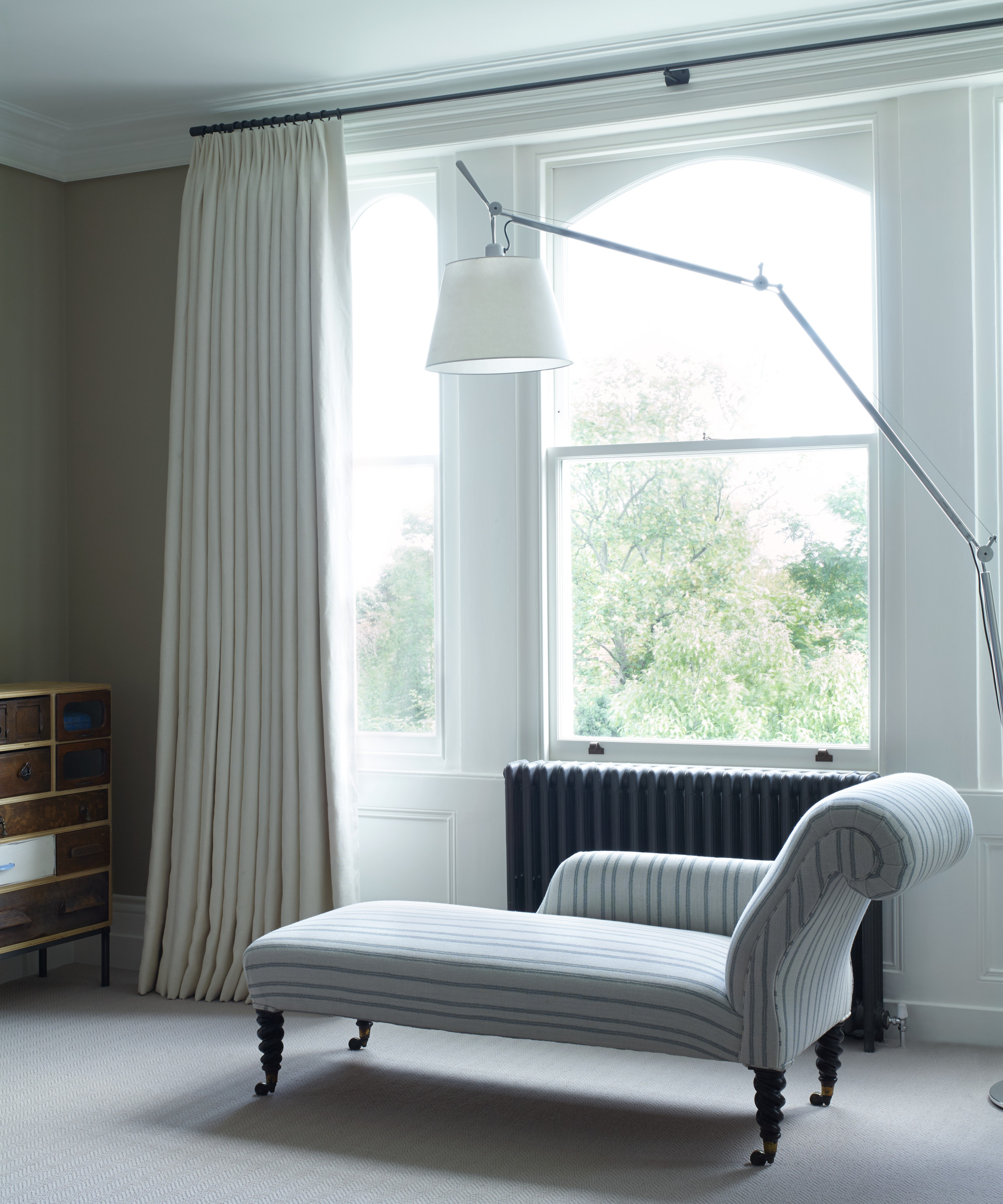
'For seating upholstery, we think about the room it's going to be in, and we think about the people that are going to use it, and how practical it needs to be especially if there are children.
'Think about how much of the seating, and which parts, will be visible, and which parts will get more wear. (The back of the chair is going to get less wear than the seat.) With a banquette, for example, we might do the seat in one fabric, and the back in a different fabric, and we'll do scatter cushions in different fabrics again.'
'You can be playful with upholstery. One of the most fun ways you can enliven a room is to do every chair a different color, which is also great if you can't quite make up your mind! A more subtle version might be to choose different shades of one color, or use a palette of complementary patterns.
'Interior designers can guard their upholsterer contacts jealously so it’s worth using an industry body, such as the AMUSF, to find qualified and experienced specialists in your area.’ In the US, you can find a local upholster who is a member of the National Upholstery Association.
'I also use antique seating that we have restored and reupholstered,’ continues Fran. ‘Auctions have become really easy online: I think it's one of my favorite ways to source seating because it’s fun and you can buy some special pieces at better prices. We use restorers such as Titian Studios in London and an upholsterer will give it a new lease of life to make it look completely transformed.'
Commissioning ottomans

Be generous with cushion sizes and ask the maker to make them up in different shapes to add interest to a room, as demonstrated in this sitting room decorated by Susan Deliss
One of the most common mistakes made when specifying an ottoman is to do with size, says interior decorator and fabric designer Susan Deliss. So, it’s best to plan ahead carefully.
'If you are not sure about the size of the ottoman, fold an old sheet to the size you think might work and lay it on the floor in front of your furniture,' recommends Susan. 'Ask yourself, can you walk comfortably between it and your sofa or chair? Can your legs reach it if you sit on your sofa and want to put your feet on it?'
Commissioning headboards
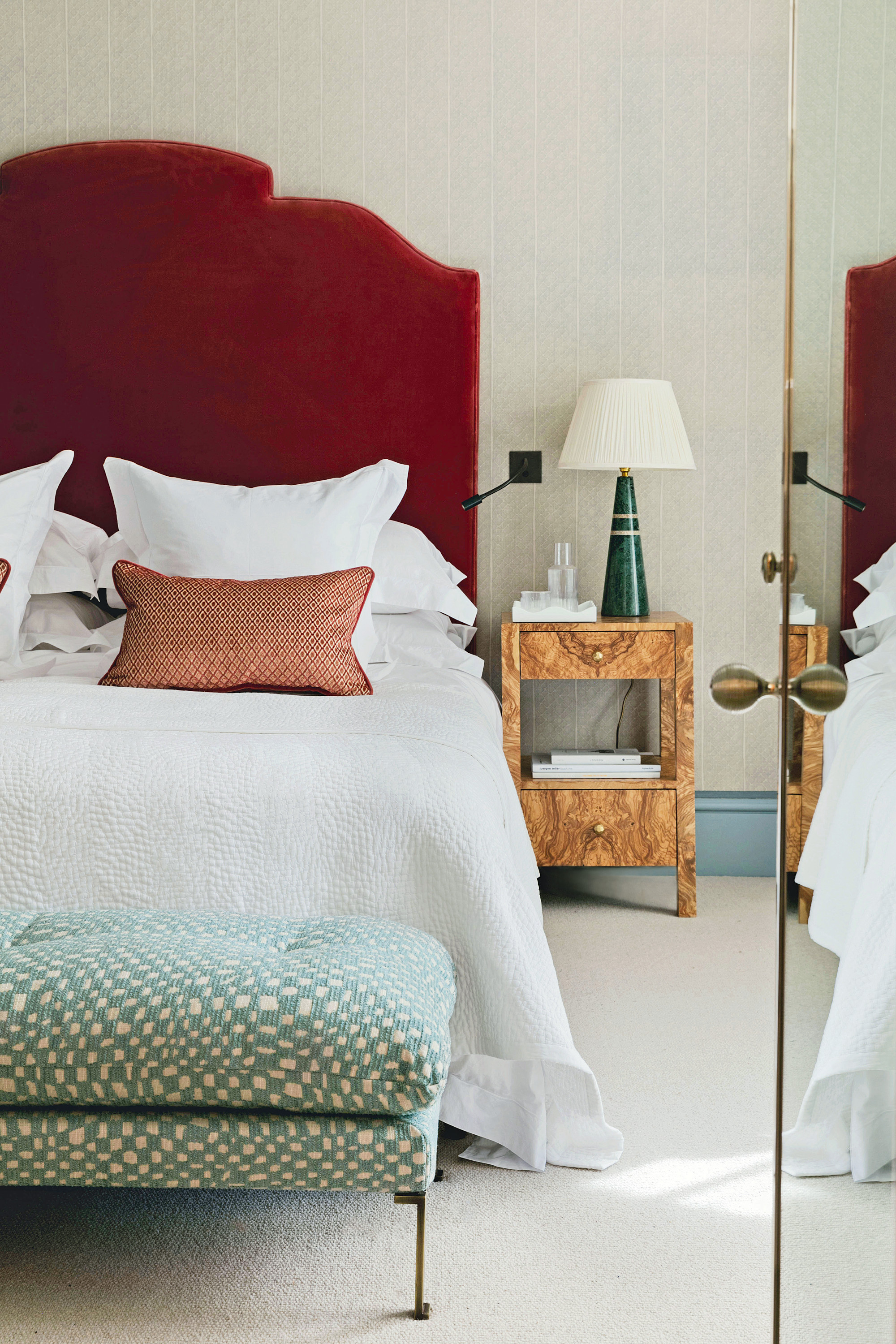
When designing a headboard look for any architectural shapes in the room to copy and add wadding to allow for a shapely look, says Tiffany Duggan of Studio Duggan
Dramatic and oversized or relaxed and low-slung, a great headboard design can set the tone of the bedroom. Tiffany Duggan of Studio Duggan regularly makes bespoke ones for her projects. When it comes to deciding on a shape, she recommends looking at any architectural details in a room for guidance. 'You do really need to do a scale sketch drawing to check the proportions and help show your upholsterer what you are looking to achieve.'
And when it comes to size, measure up the height in the room itself and add a pillow stop to neatly address the mattress junction. 'It’s always best to have two joins to allow symmetry (one large center panel) and two smaller panels of fabric to the sides,' says Tiffany. Lastly, she says, avoid very thin, square headboards so adding some wadding to allow for a more shapely, soft look.
Commissioning pillows
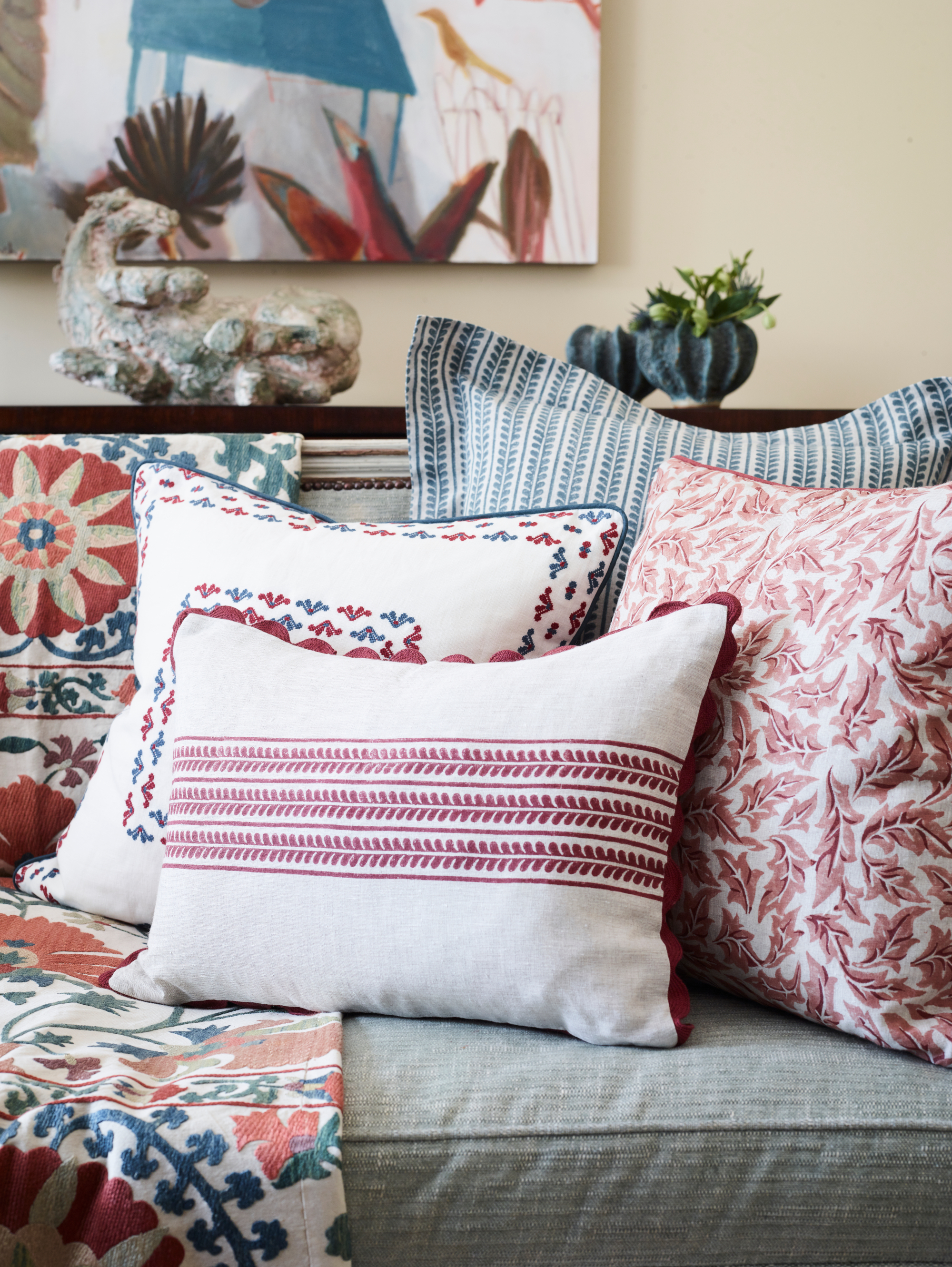
When it comes to choosing a pillow size, be wary of commissioning too small. 'Be brave with pillow sizes,' says Audrey Carden and Eleanora Cunietti of Carden Cunietti. 'The standard British size of 45cm x 45cm (18 x 18in), for example, doesn’t really allow a patterned fabric to have any impact.'
Where Fran Hickman sources fabrics
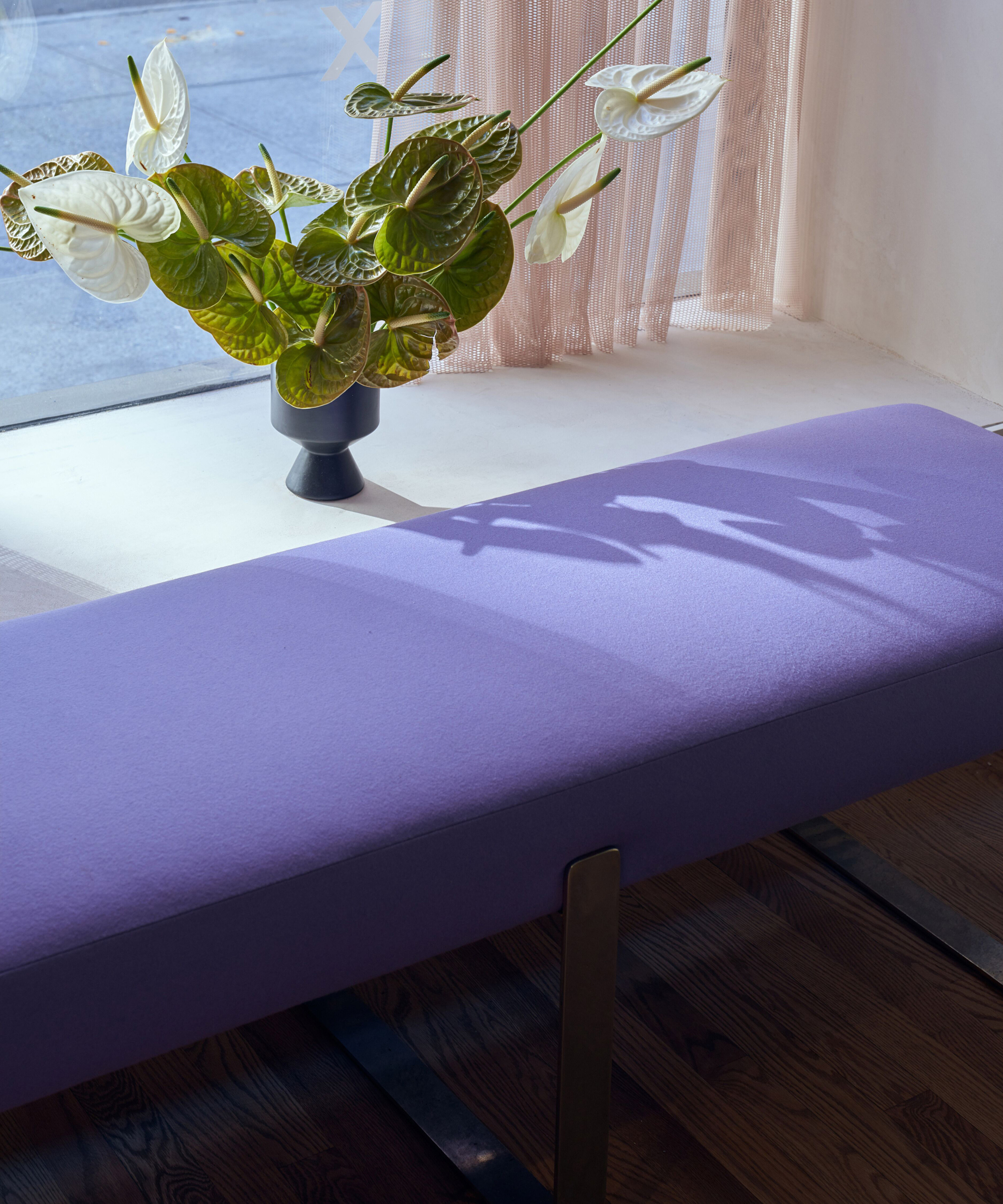
‘In terms of textile companies for seating, I work a lot with Turnell & Gigon, Holland and Sherry, Kvadrat, Pierre Frey, and Décors Barbares,’ says Fran. ‘When I've got a slightly higher budget there's an amazing textile designer called Merry Mullings based in France whom I use to source beautiful rugs and textiles. I think between them, you can nail it all.
'In terms of keeping up with fabric trends, when I'm in Paris for work I try to go around all the fabric houses with my team. Of course, we also have the showrooms in the UK but it's really enjoyable to do it in Paris because you're walking down beautiful old streets going in and out all of the individual shops.'
Sign up to the Homes & Gardens newsletter
Design expertise in your inbox – from inspiring decorating ideas and beautiful celebrity homes to practical gardening advice and shopping round-ups.

Arabella is a freelance journalist writing for national newspapers, magazines and websites including Homes & Gardens, Country Life, The Telegraph and The Times. For many years she has specialized in writing about property and interiors, but she began her career in the early 2000s working on the newly launched Country Life website, covering anything from competitions to find the nation’s prettiest vicarage to the plight of rural post offices.
-
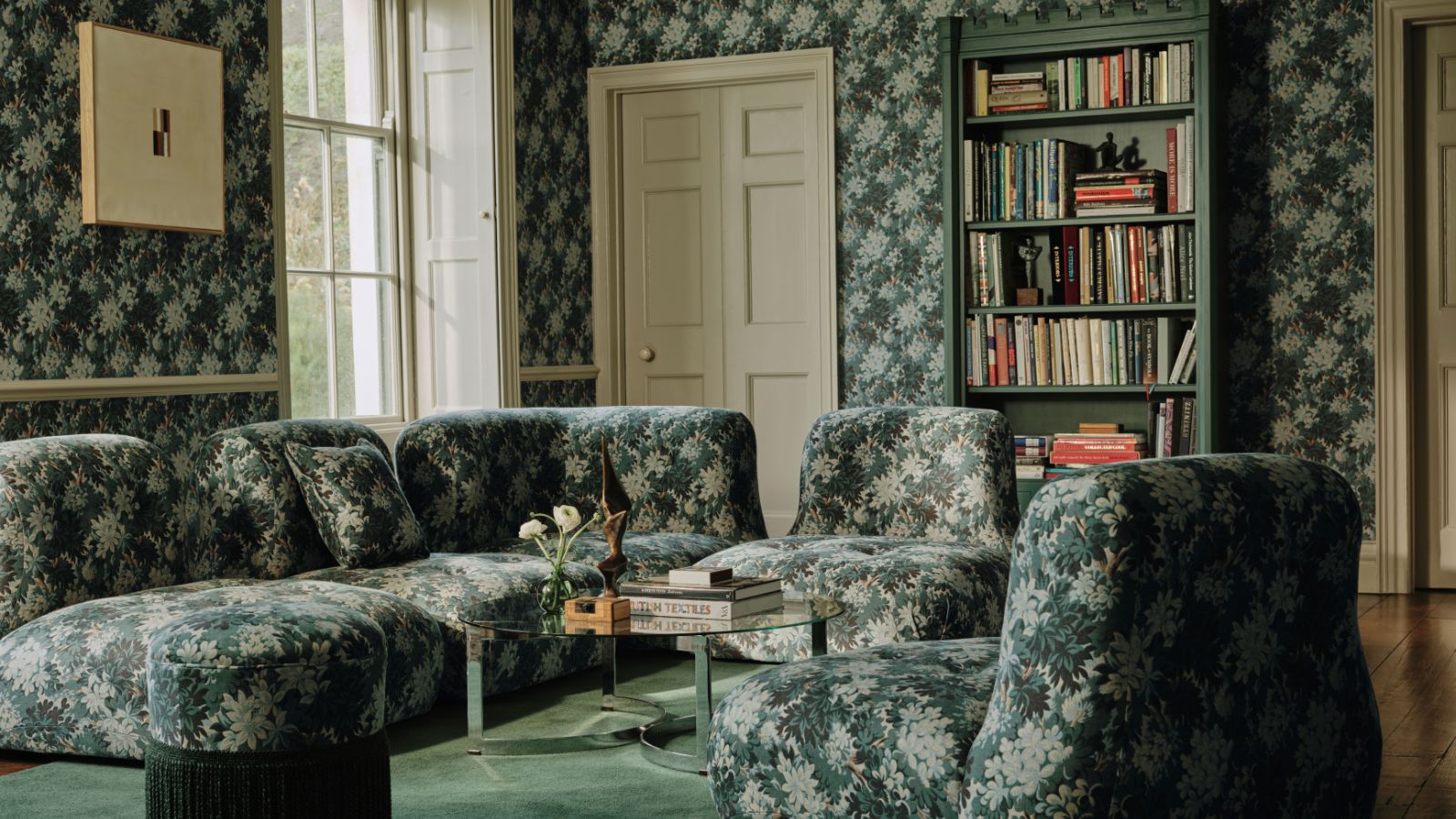 Vintage prints are making a comeback – designers say to look out for these 5 nostalgic patterns this year
Vintage prints are making a comeback – designers say to look out for these 5 nostalgic patterns this yearThese vintage-style patterns are all the rage right now, and we spoke with design experts to learn how best to style them in the home
By Eleanor Richardson Published
-
 5 things people with clean upholstery always do – simple, quick and oh-so-effective
5 things people with clean upholstery always do – simple, quick and oh-so-effectiveEnsure your furnishing looks clean year-round with these expert tips
By Seraphina Di Mizzurati Published